20 Healthy Snacks That Most Kids Absolutely Love Eating
It may be difficult to encourage youngsters to consume nutritious meals, especially when they are constantly surrounded with enticing snacks and sweet treats. However, plenty of nutritional alternatives are both excellent for their growing bodies and tasty.
From vibrant fruits to crunchy veggies, here’s a list of healthy snacks that most kids appreciate.
Bananas
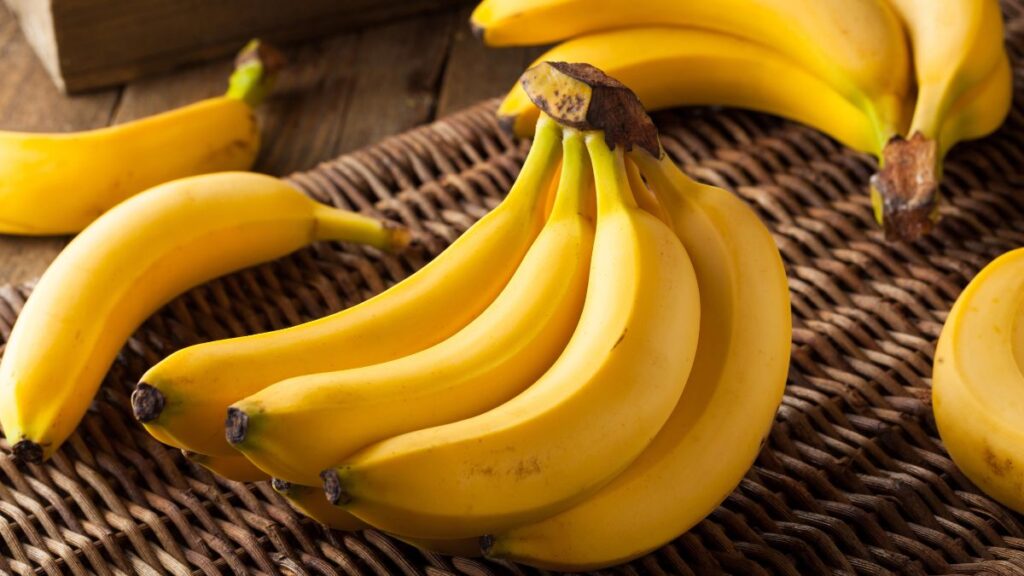
Bananas are a practical and kid-friendly fruit high in potassium, vitamin C, and fiber. They are popular with youngsters due to their naturally sweet taste and creamy texture. Bananas can be eaten alone, sliced and mixed with cereal or oatmeal, or pureed into creamy smoothies.
Apples

Apples are a favorite fruit among children due to their crisp texture and sweet flavor. They’re high in fiber, vitamin C, and antioxidants, making them healthy snacks. Encourage children to try several apple kinds, such as Fuji, Gala, and Honeycrisp, and offer them sliced with peanut butter for extra protein.
Carrots
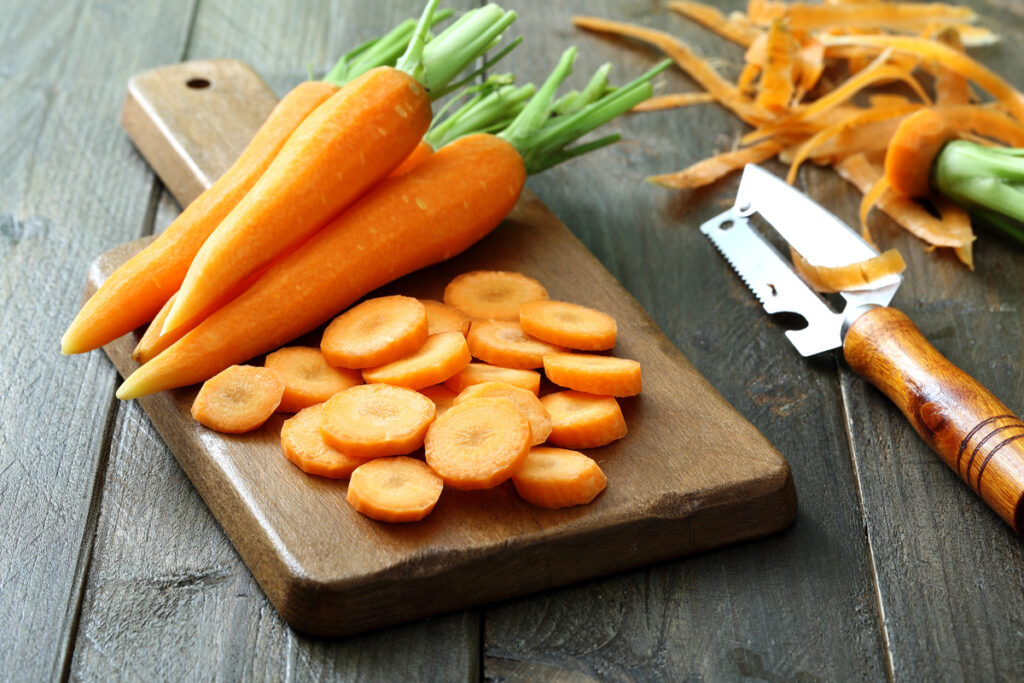
Carrots are crisp, vibrant, and high in beta-carotene, a substance necessary for eye health. Many children like eating raw carrot sticks, particularly with a flavorful dip like hummus or ranch dressing. Shredded carrots may also be used in salads, stir-fries, and homemade muffins to boost their nutritional value.
Cucumbers
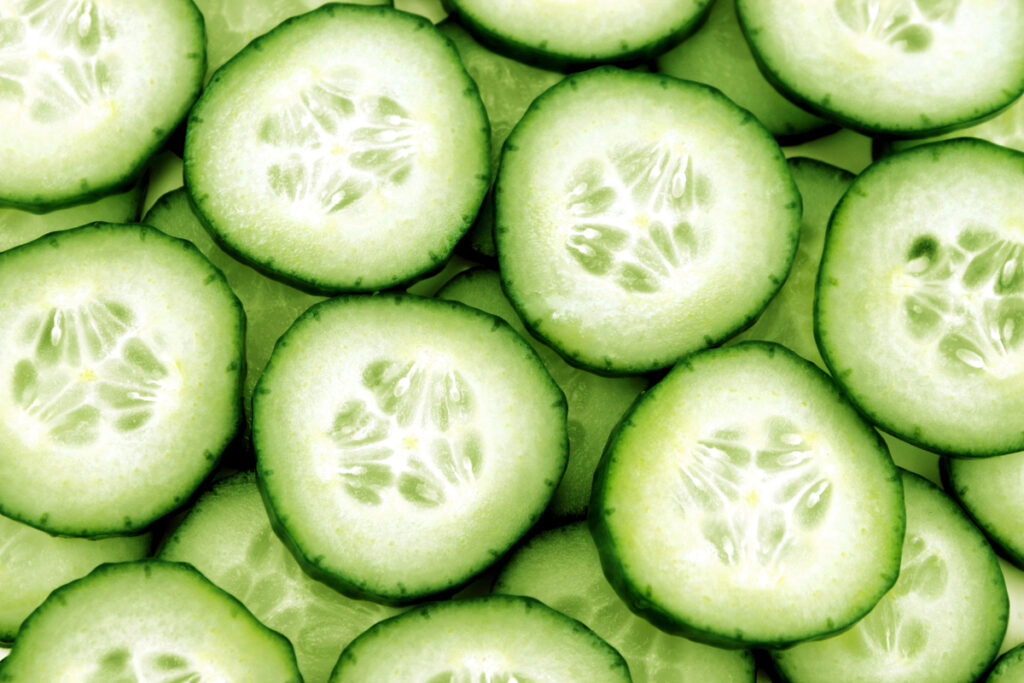
Cucumbers are hydrating, refreshing, and low in calories, making them an ideal snack for youngsters. Many toddlers enjoy their mild flavor and crunchy texture, and they contain plenty of vitamins K and C. Cucumber slices can be served with salt and pepper or used in sandwiches and wraps for extra crunch.
Berries
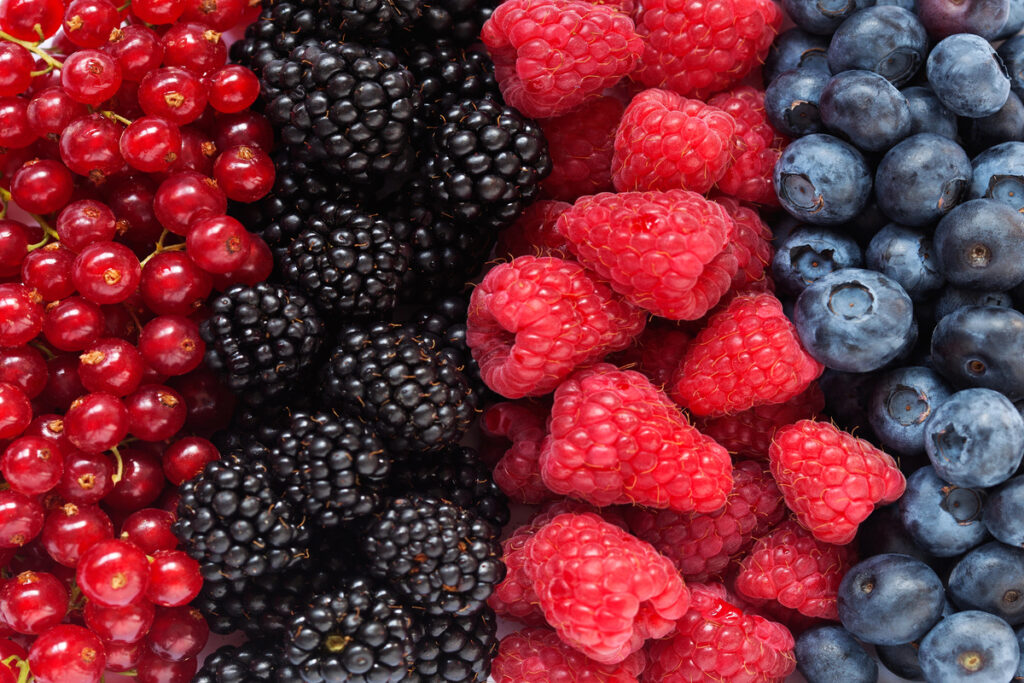
Kids enjoy the sweet and tart flavor of berries, whether they are strawberries, blueberries, raspberries, or blackberries. Berries are both tasty and nutritious, as they are high in vitamins, antioxidants, and fiber. They may be served fresh as a snack, blended into smoothies, or sprinkled over yogurt for a healthful treat.
Grapes
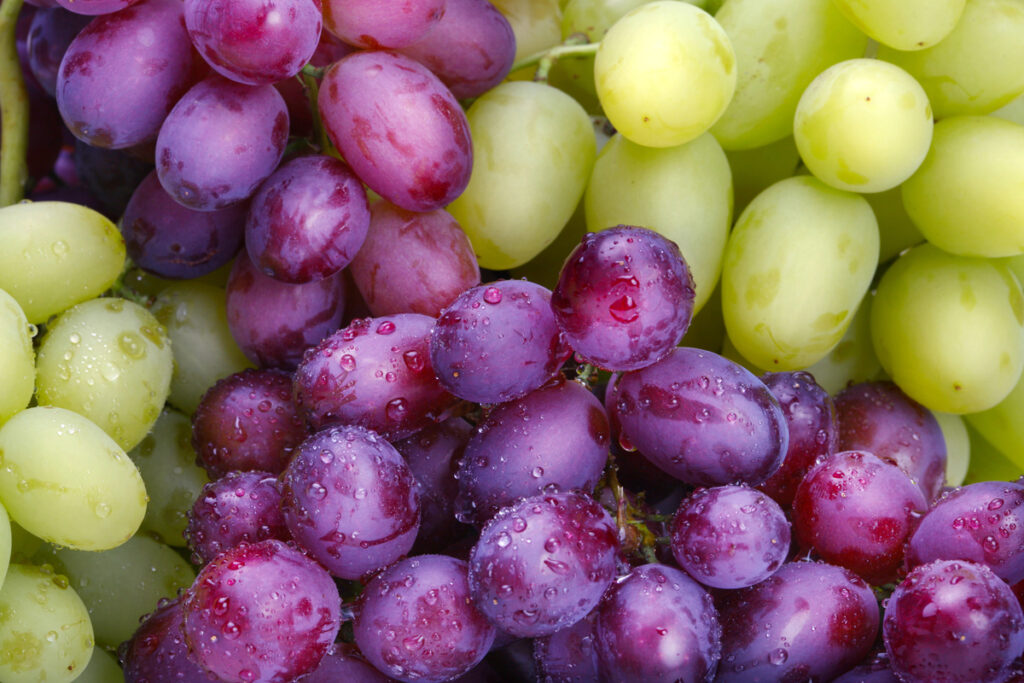
Grapes are bite-sized, juicy, and naturally sweet, making them a popular snack among children of all ages. They are high in antioxidants and vitamin C, and their compact size makes them ideal for nibbling on the go. Freeze grapes for a cool treat on hot days or serve them with cheese and crackers for a balanced snack.
Oranges
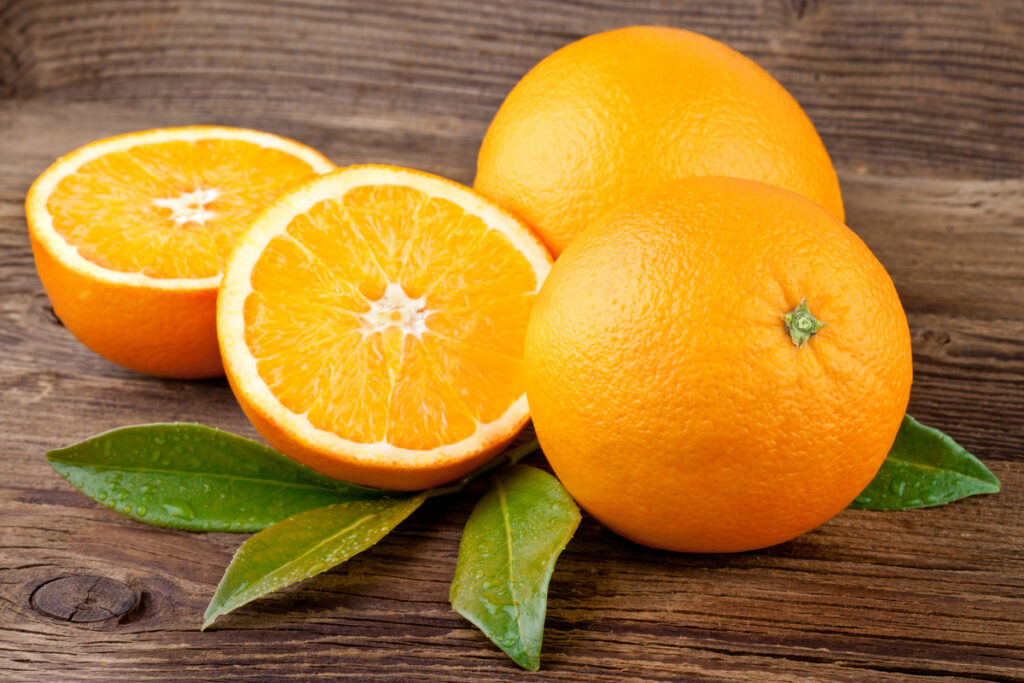
Oranges are high in vitamin C and fiber, making them healthful for children. Many toddlers enjoy the sweet and tart flavor, and they are simple to peel and eat on their own. Orange slices make a pleasant snack, and fresh orange juice is great with breakfast or as a lunchtime pick-me-up.
Peanut Butter
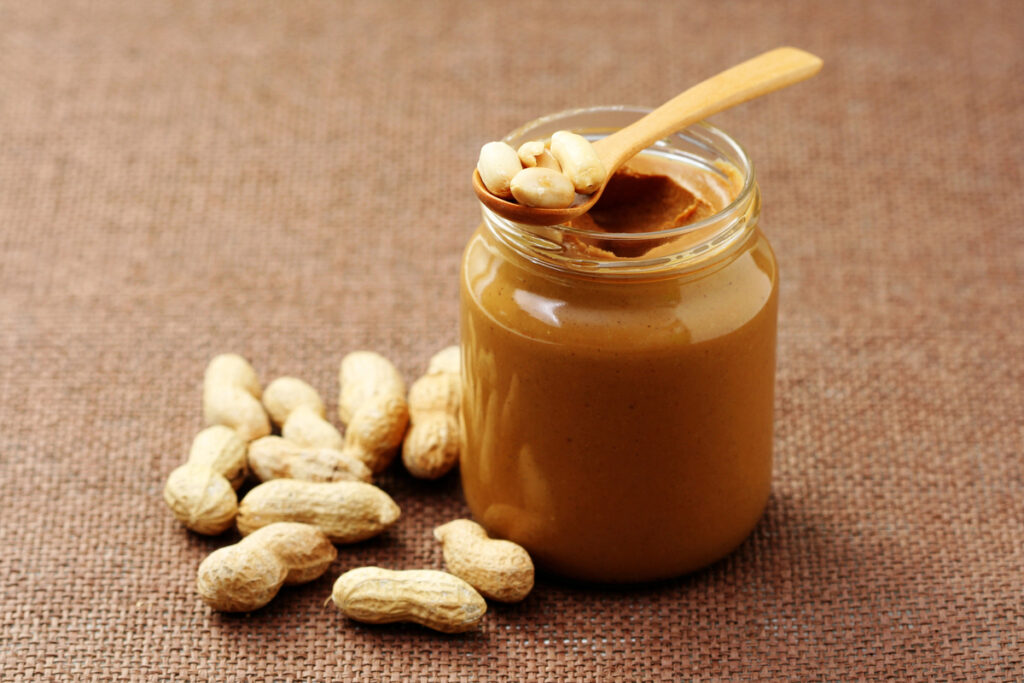
Peanut butter is a nutritious spread for kids that contains protein, healthy fats, and key elements such as vitamin E and magnesium. Spread it on whole grain bread, crackers, or apple slices for a filling snack that keeps youngsters energized and content in between meals. Make sure to use natural peanut butter with no additional sweeteners or hydrogenated oils.
Cheese
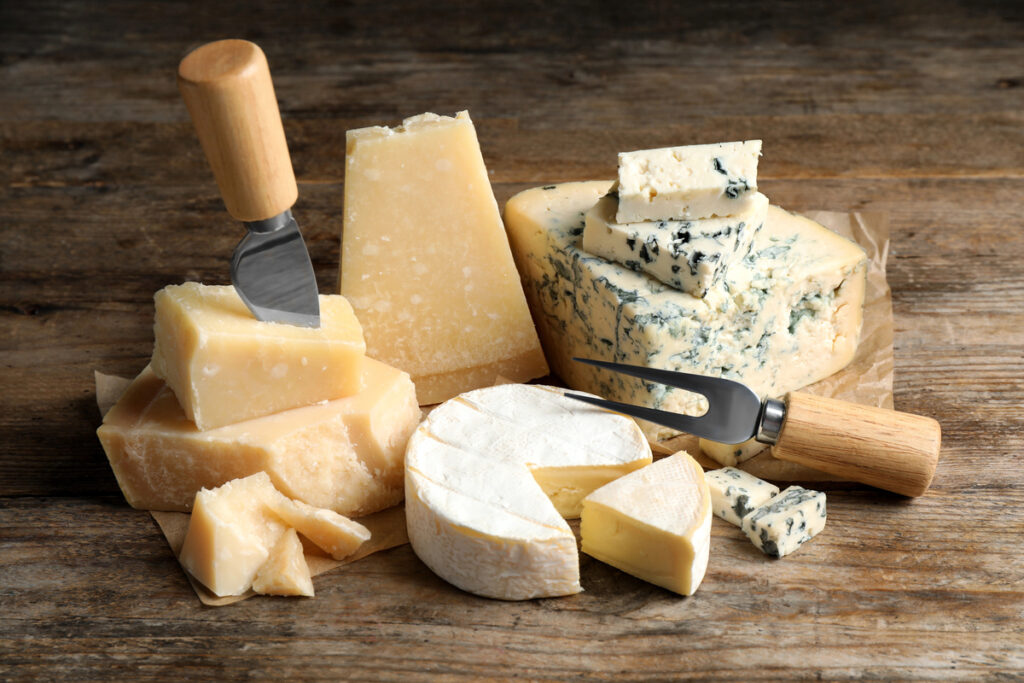
Cheese is a high-protein food that many children appreciate, whether sliced, shredded, or melted. It is high in calcium and other elements that are necessary for healthy growth. For a well-balanced snack, serve a variety of cheeses, such as cheddar, mozzarella, or string cheese, with whole-grain crackers or fruits.
Yogurt
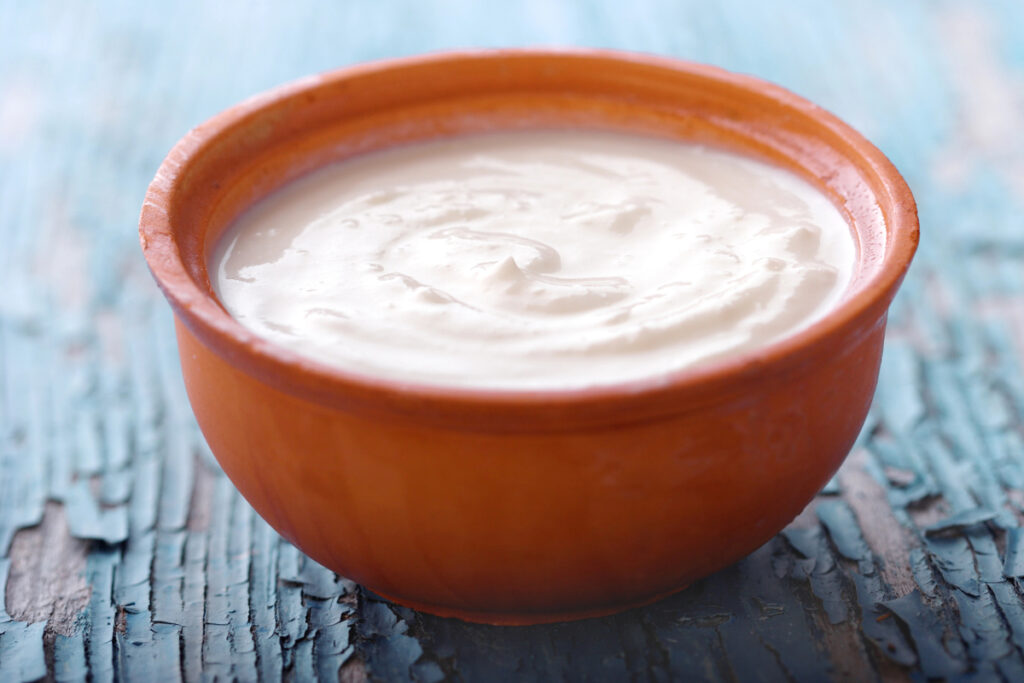
Yogurt is a creamy and flexible food that may be eaten on its own or with fruit and granola. It contains plenty of protein, calcium, and probiotics, all of which are beneficial to intestinal health. Choose plain or Greek yogurt with no added sugars, and let youngsters top their yogurt bowls with their favorite fruits, nuts, or honey.
Oatmeal
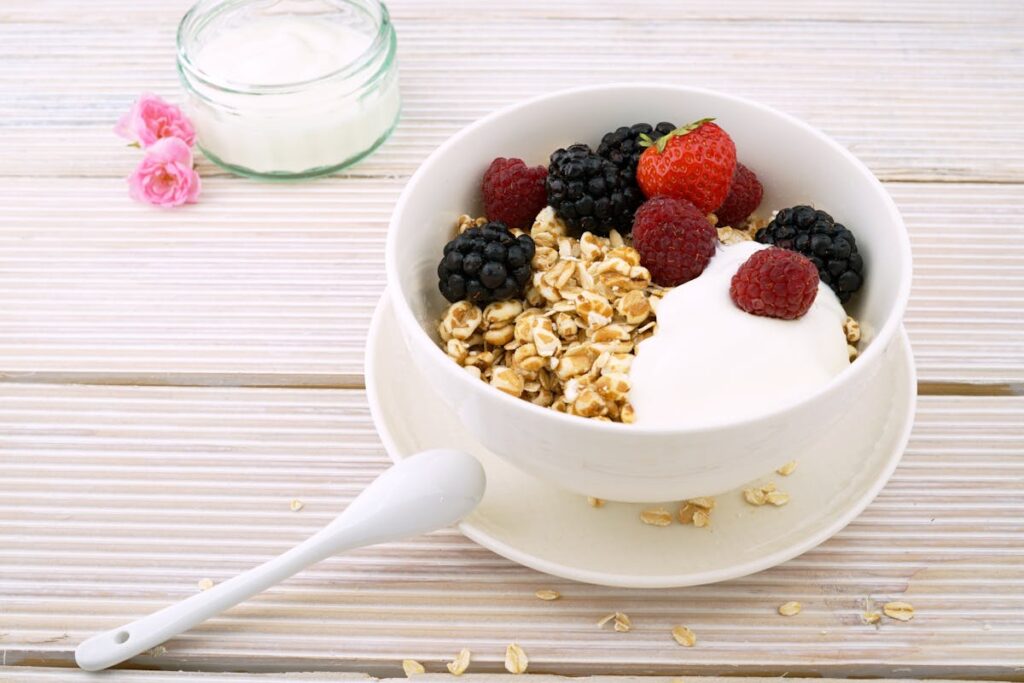
Oatmeal is a nutritious and substantial breakfast option rich in fiber and complex carbs. Many children appreciate oatmeal’s comforting feel, particularly when flavored with cinnamon, vanilla, or fresh fruit. Allow youngsters to top their oats with sliced bananas, raisins, or almond butter for extra nutrition and flavor.
Whole Grain Bread
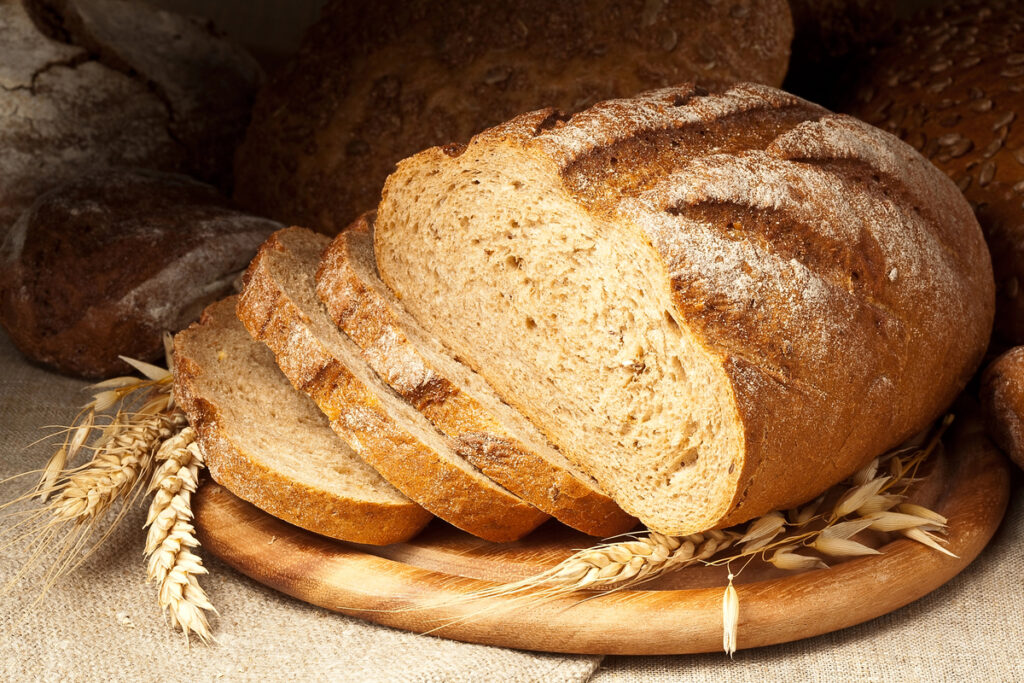
Whole-grain bread is a healthier option than white bread, as it contains fiber, vitamins, and minerals. Many children prefer whole-grain sandwiches, especially those filled with their favorite components such as turkey, cheese, and vegetables. Look for bread branded “100% whole grain” or “whole wheat” to get the highest nutritional value.
Sweet Potatoes
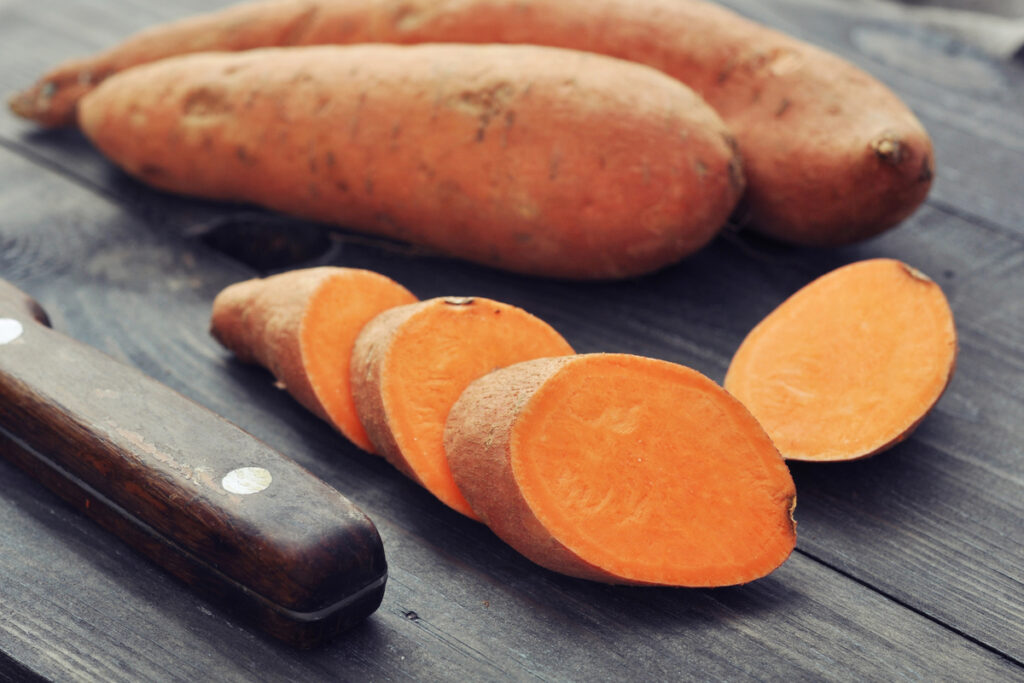
Sweet potatoes are a nutrient-dense vegetable that tastes naturally sweet and tasty. They’re high in vitamins, antioxidants, and fiber, making them beneficial for youngsters. Roasted sweet potato wedges make a great side dish, or mash them with cinnamon for a delicious and healthier alternative to typical mashed potatoes.
Eggs
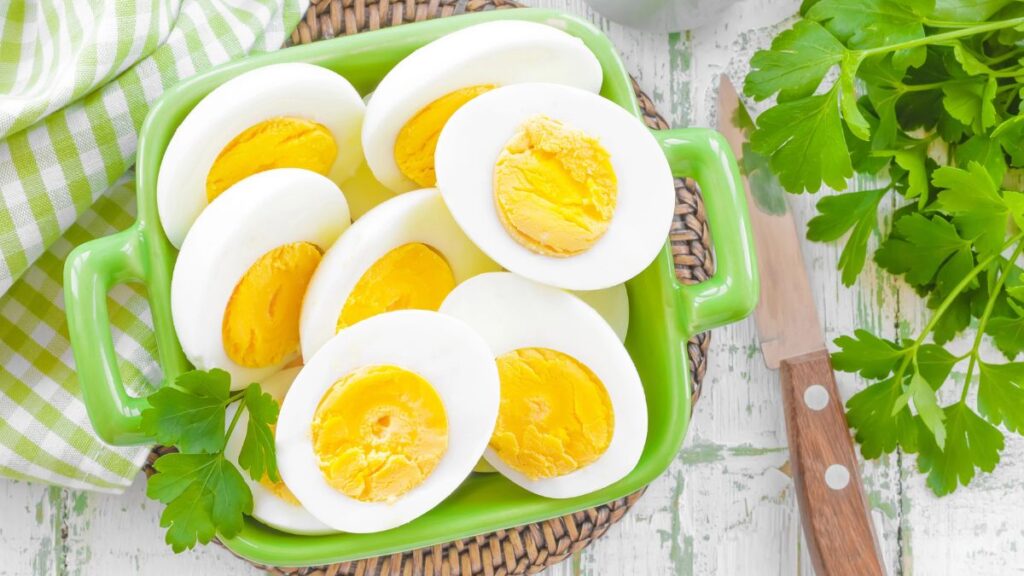
Eggs are a nutrient-dense food that contains high-quality protein, vitamins, and minerals like vitamin D and choline. They are adaptable and can be cooked in a variety of ways, including scrambled, boiled, and omelet. For a healthy meal, serve eggs with whole-grain toast and fruit or create vegetable-packed egg muffins or frittatas.
Avocado
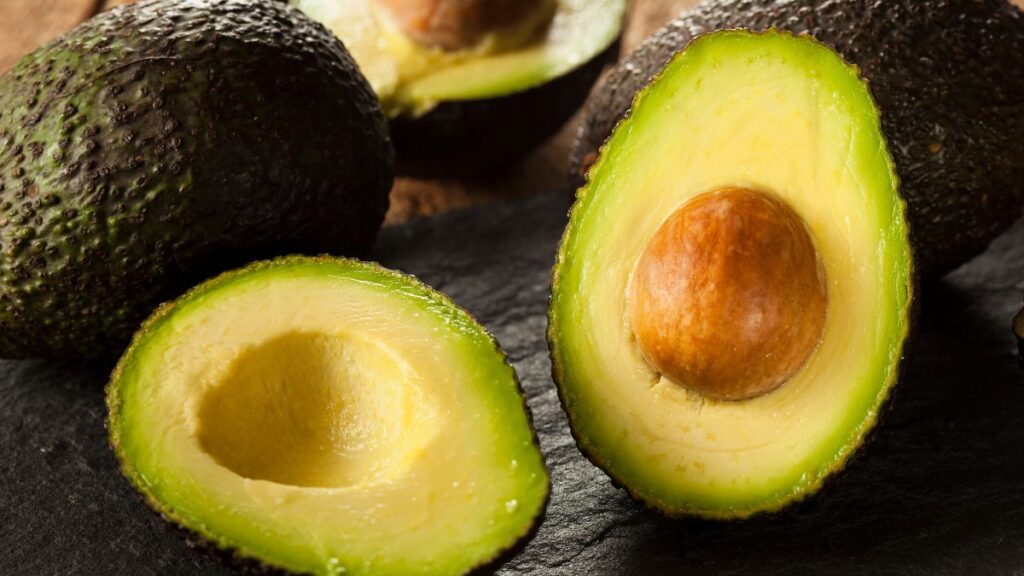
Avocado is a creamy, nutritious fruit that contains heart-healthy fats, fiber, and minerals. Many kids appreciate its mild flavor and buttery texture, which make it an excellent complement to sandwiches, salads, and toast. Sliced avocado can be served as a snack with a sprinkling of salt and pepper or blended into smoothies for extra creaminess.
Spinach
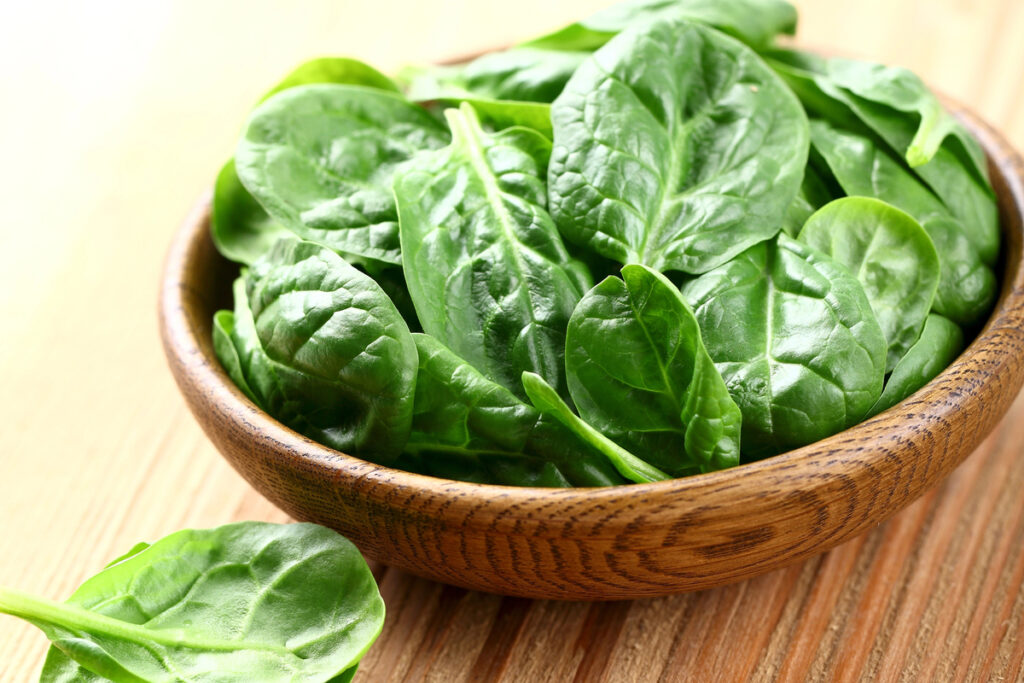
Spinach is a leafy green vegetable that is high in vitamins, minerals, and antioxidants, making it one of the most nutritious foods you can give your children. While some youngsters may be frightened of spinach’s strong flavor, it can be readily included in recipes such as smoothies, omelets, and pasta sauces without drastically changing the taste. To increase appeal, serve spinach salads with kid-friendly toppings such as cheese, croutons, and fruit.
Cauliflower
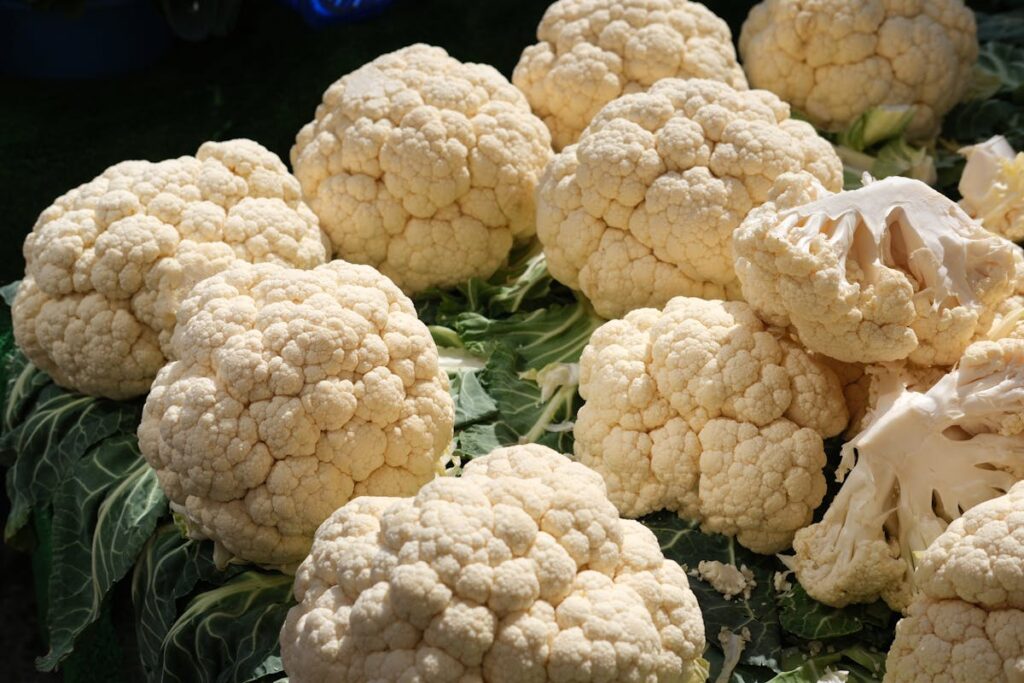
Cauliflower is a versatile vegetable that can be made into a variety of kid-friendly recipes, including cauliflower rice and cauliflower pizza crust. It is low in calories, fiber, vitamins, and antioxidants, making it a healthy option for children. Roasted cauliflower florets make a delicious side dish, or incorporate cooked cauliflower into creamy soups or mashed potatoes for extra nutrients.
Peas
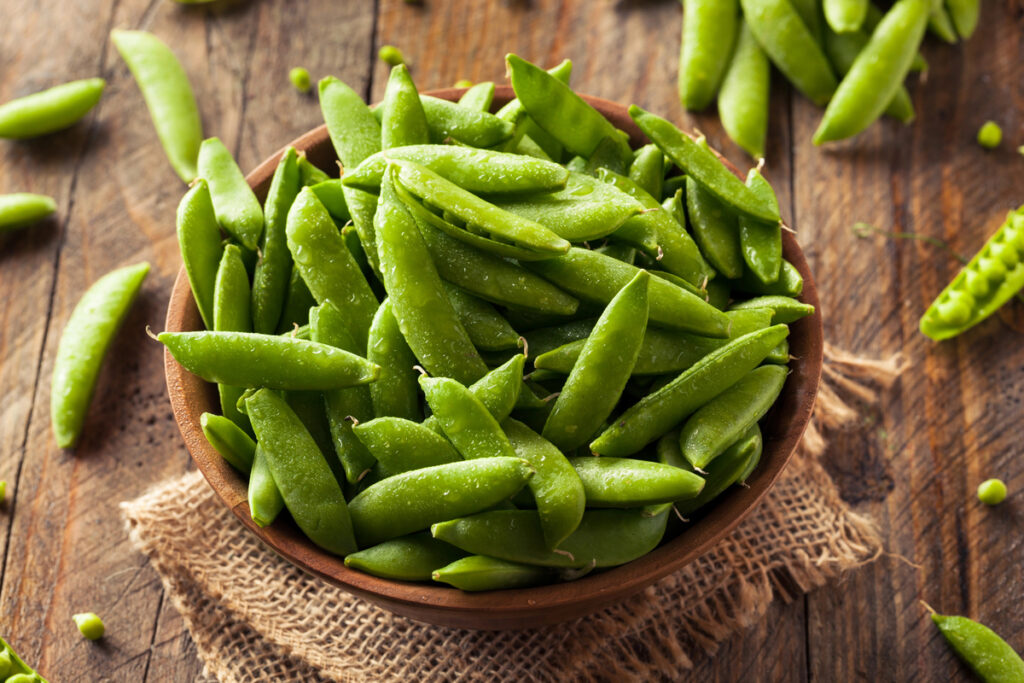
Peas are a little but potent food high in protein, fiber, and vital minerals such as vitamin K and folate. Many children appreciate the sweet and somewhat crunchy texture of peas, which makes them an excellent complement to soups, salads, and pasta meals. Serve peas as a side dish or incorporate them into rice or quinoa for extra nutrition and color.
Homemade Trail Mix
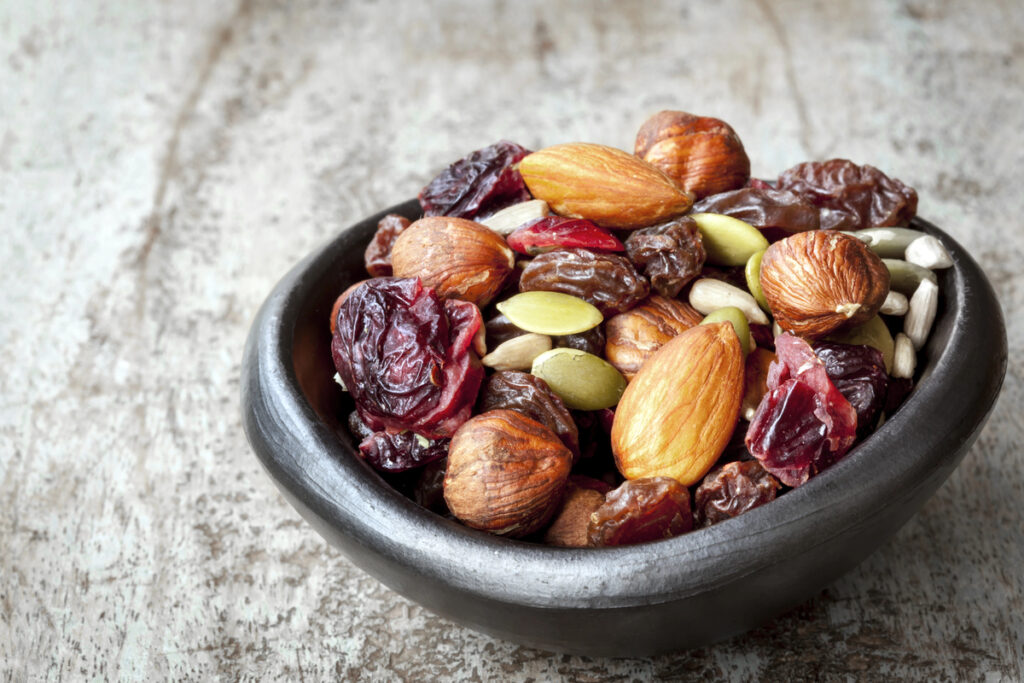
Create a nutritious and kid-friendly trail mix with nuts, seeds, dried fruits, and whole-grain cereals. Allow children to help mix & match their favorite items to make their trail mix. Individual portions can be portioned into small bags or containers for easy grab-and-go snacks at school or after school.
Broccoli
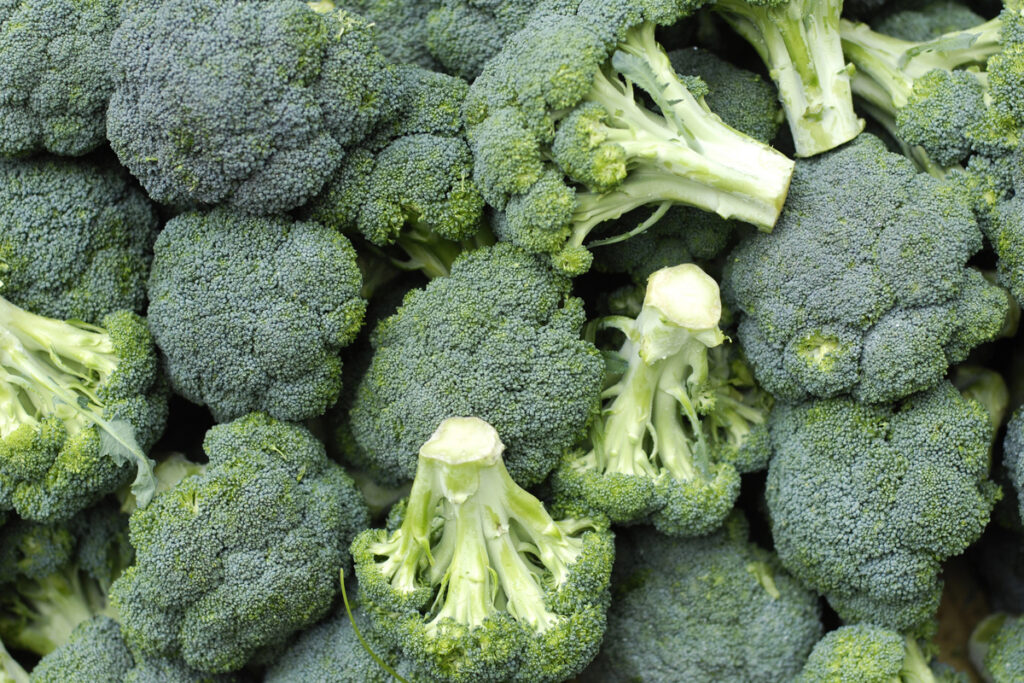
Broccoli is a nutritional powerhouse, high in vitamins C, K, and A, as well as fiber and antioxidants. While some children may be apprehensive to eat broccoli at first, many appreciate its mild flavor and crunchy texture when properly cooked. Steamed or roasted broccoli florets can be served with a sprinkle of parmesan cheese or blended into soups and sauces to add extra nutrition.
Related: 15 Clever Hacks To Reduce That Never-Ending Grocery Bill

Managing grocery expenses can be challenging for many households, especially with rising food costs and fluctuating budgets.
However, with some creativity and resourcefulness, you can implement numerous clever hacks to reduce your never-ending grocery bill without sacrificing the quality or variety of your meals.






